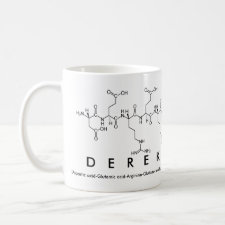
Authors: Reddy SM, Phan QT, El-Sharif H, Govada L, Stevenson D, Chayen NE
Article Title: Protein Crystallization and Biosensor Applications of Hydrogel-Based Molecularly Imprinted Polymers.
Publication date: 2012
Journal: Biomacromolecules
Volume: 13
Issue: (12)
Page numbers: 3959-3965.
DOI: 10.1021/bm301189f
Abstract: We have characterized the imprinting capability of a family of acrylamide polymer-based molecularly imprinted polymers (MIPs) for bovine hemoglobin (BHb) and trypsin (Tryp) using spectrophotometric and quartz crystal microbalance (QCM) sensor techniques. Bulk gel characterization on acrylamide (AA), N-hydroxymethylacrylamide (NHMA), and N-isopropylacrylamide (NiPAM) gave varied selectivities when compared with nonimprinted polymers. We have also harnessed the ability of the MIPs to facilitate protein crystallization as a means of evaluating their selectivity for cognate and noncognate proteins. Crystallization trials indicated improved crystal formation in the order NiPAM < AA < NHMA. QCM studies of thin film MIPs confirm this trend with N-hydroxymethyl acrylamide MIPs exhibiting best discrimination between MIP and NIP and also cognate/noncognate protein loading. Equivalent results for acrylamide MIPs suggested that the cavities were equally selective for both proteins, while N-isopropylacrylamide MIPs were not selective for either cognate BHb or noncognate BSA. All BHb MIP-QCM sensors based on AA, NHMA, or NiPAM were essentially nonresponsive to smaller, noncognate proteins. Protein crystallization studies validated the hydrophilic efficacy of MIPS indicated in the QCM studies
Template and target information: protein, bovine hemoglobin, BHb, trypsin, Tryp



Join the Society for Molecular Imprinting

New items RSS feed
Sign-up for e-mail updates:
Choose between receiving an occasional newsletter or more frequent e-mail alerts.
Click here to go to the sign-up page.
Is your name elemental or peptidic? Enter your name and find out by clicking either of the buttons below!
Other products you may like:
 MIPdatabase
MIPdatabase









